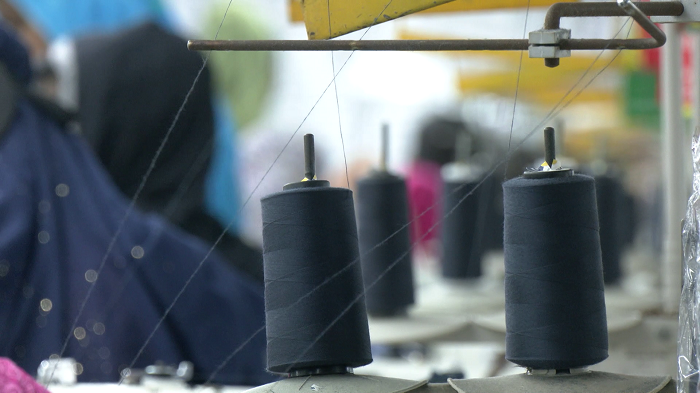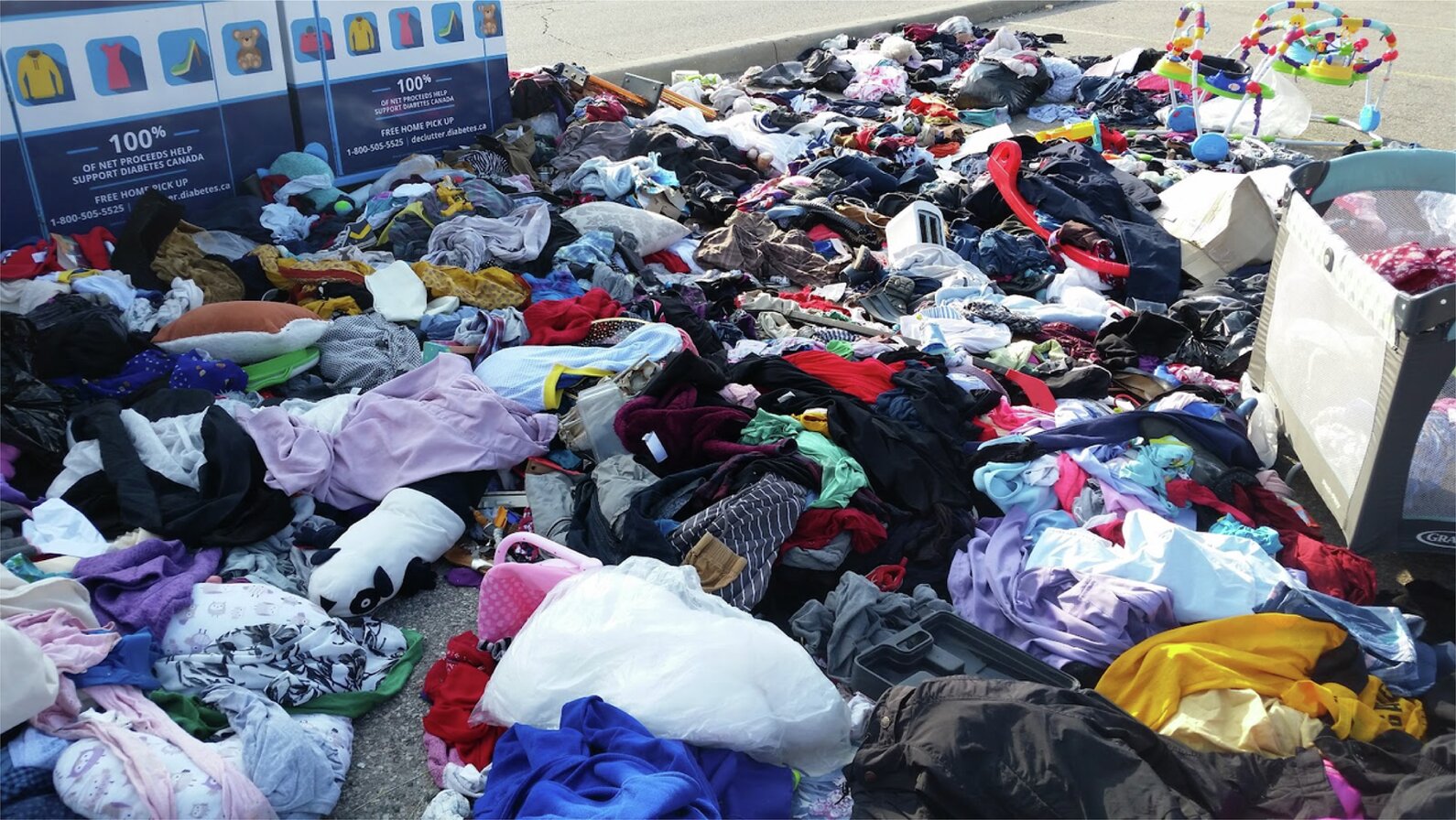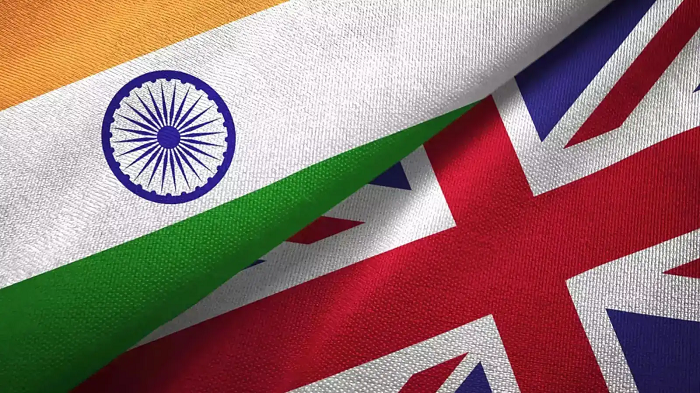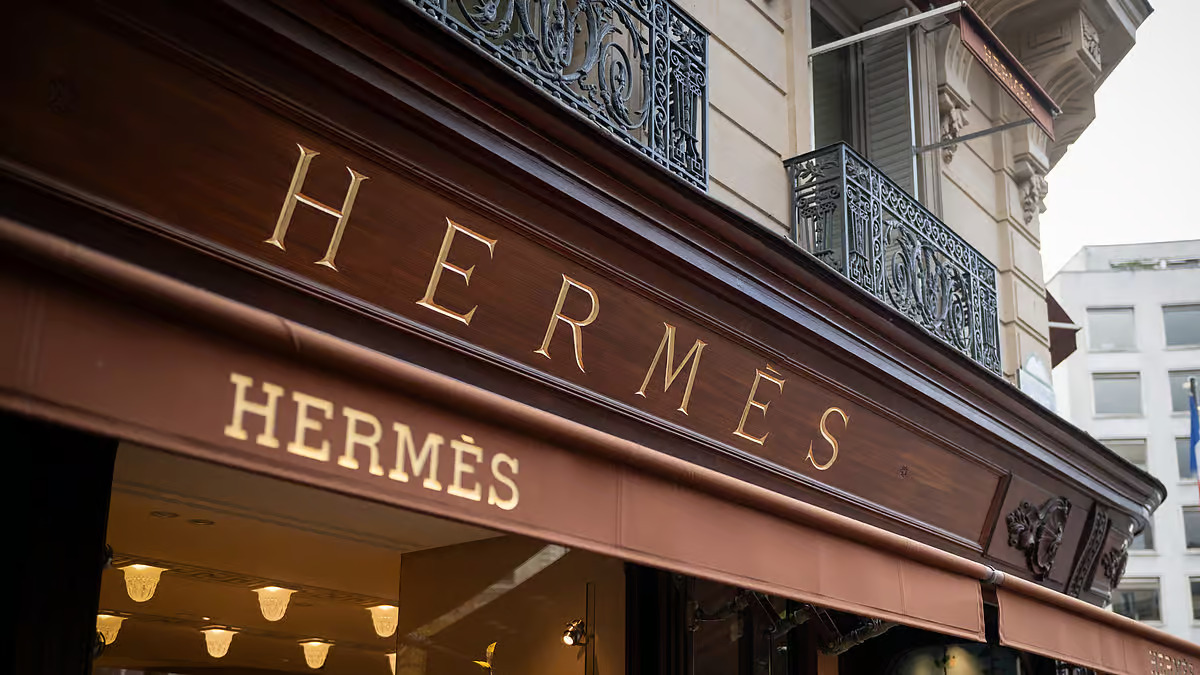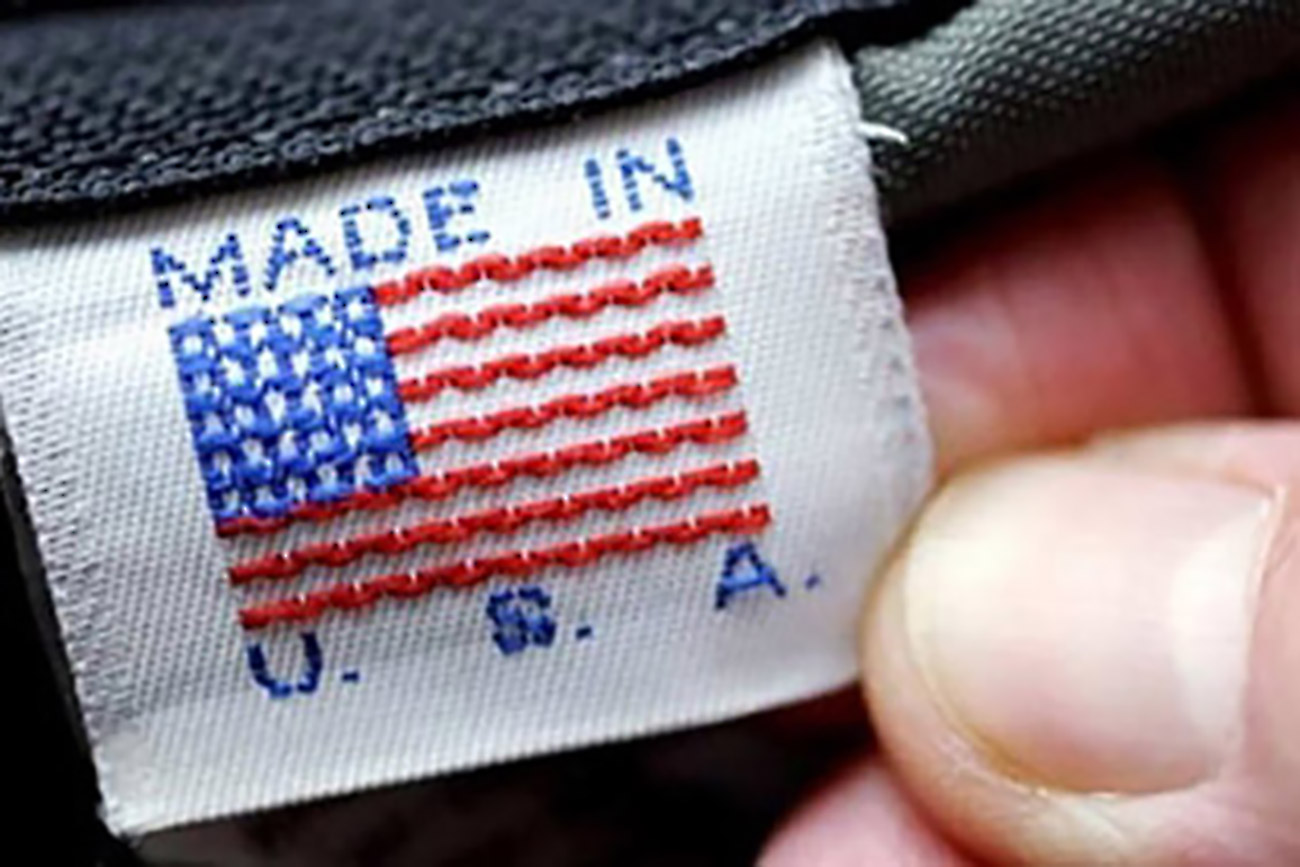In a letter to Jam Kamal, Commerce Minister and Sardar Awais Leghari, Power Minister, Pakistan Textile Exporters Association (PTEA) has formally requested for a revamp of the electricity rate structure for industrial users, pointing out inconsistencies among B-2, B-3, and B-4 consumer categories. These discrepancies are based on factors like voltage level, system losses, and how meters are set up.
Highlighting a critical flaw in the industrial electricity tariff design that was recently updated by the National Electric Power Regulatory Authority (NEPRA), PTEA argues, the current rate system goes against standard grid cost principles and discourages industrial customers from investing in more efficient, high-voltage grid connections.
Under the current NEPRA tariff, which became effective July 1, 2024, off-peak variable energy charges are set as follows: 28.56 Pakistani Rupees (Rs) per kilowatt-hour (kWh) for B-2 customers (400V), Rs 29.39 per kWh for B-3 customers (11 kV), and Rs 29.11 per kWh for B-4 customers (132 kV).
According to the PTEA's analysis based on a standard cost-of-service approach, the tariff should be lower for higher-voltage connections. This is because they result in reduced distribution losses, improved system efficiency, and eliminate the need for maintaining low-tension infrastructure.
Despite these advantages, B-3 and B-4 customers are charged higher rates than B-2 customers, even though they cover the full capital and operating costs of their own power systems and provide low-loss loads to the grid.
Additionally, there's a difference in metering practices: B-1 and B-2 customers have their meters placed after the transformer, meaning utilities absorb transformer losses and maintenance costs. Conversely, B-3 and B-4 customers are metered at the high-tension terminals and are responsible for maintaining their own downstream equipment.
This inconsistency in tariff design has led to inefficiencies within the grid. Reports suggest that large industries are dividing their approved loads across multiple B-2 connections to steer clear of the higher B-3/B-4 rates. This practice creates inefficiencies, increases technical losses, and fragments billing.
To tackle these issues, PTEA recommends rationalizing the tariff to offer a minimum discount of Rs 2 per kWh for B-3 and B-4 industrial customers compared to B-2 users. They also propose incorporating factors such as voltage level and metering points into the tariff structure and introducing regulations that discourage industries from using multiple B-2 connections when a B-3/B-4 connection is feasible.
These changes would help decrease system losses, improve grid usage, promote healthy industrial expansion, and boost the financial performance of distribution companies (DISCOs), all without requiring additional subsidies, says Khurram Mukhtar, Chairman, PTEA. This adjustment will ensure a more efficient and stable energy system, benefiting both industry and the grid, he adds.

